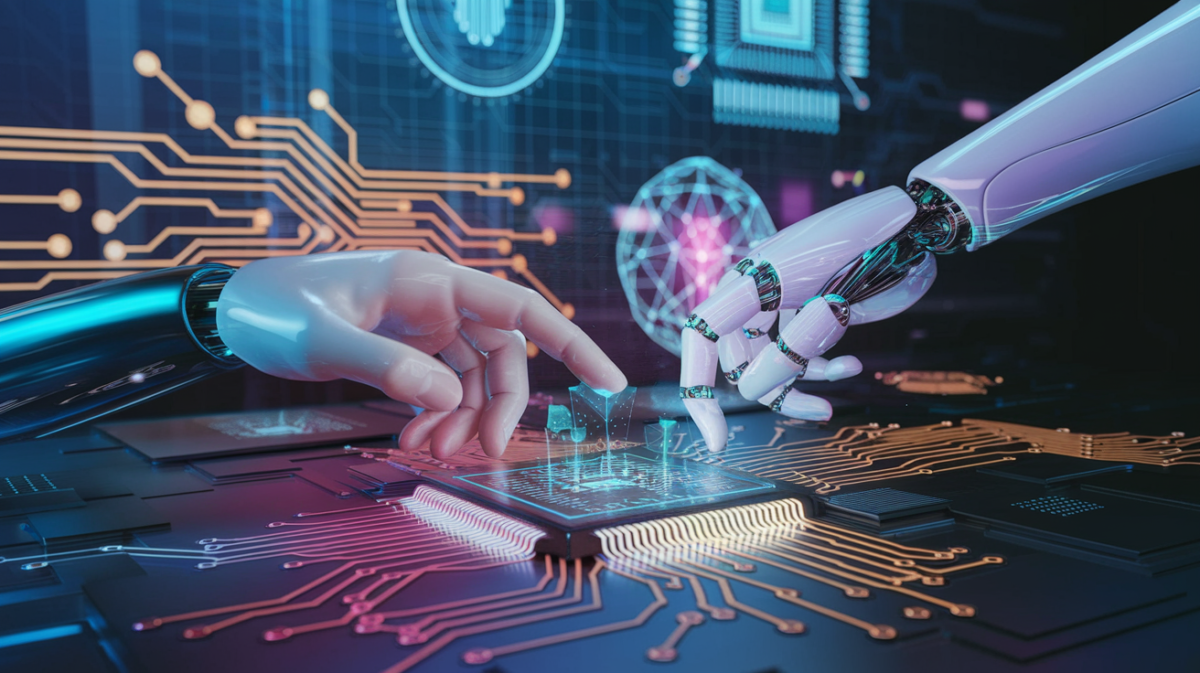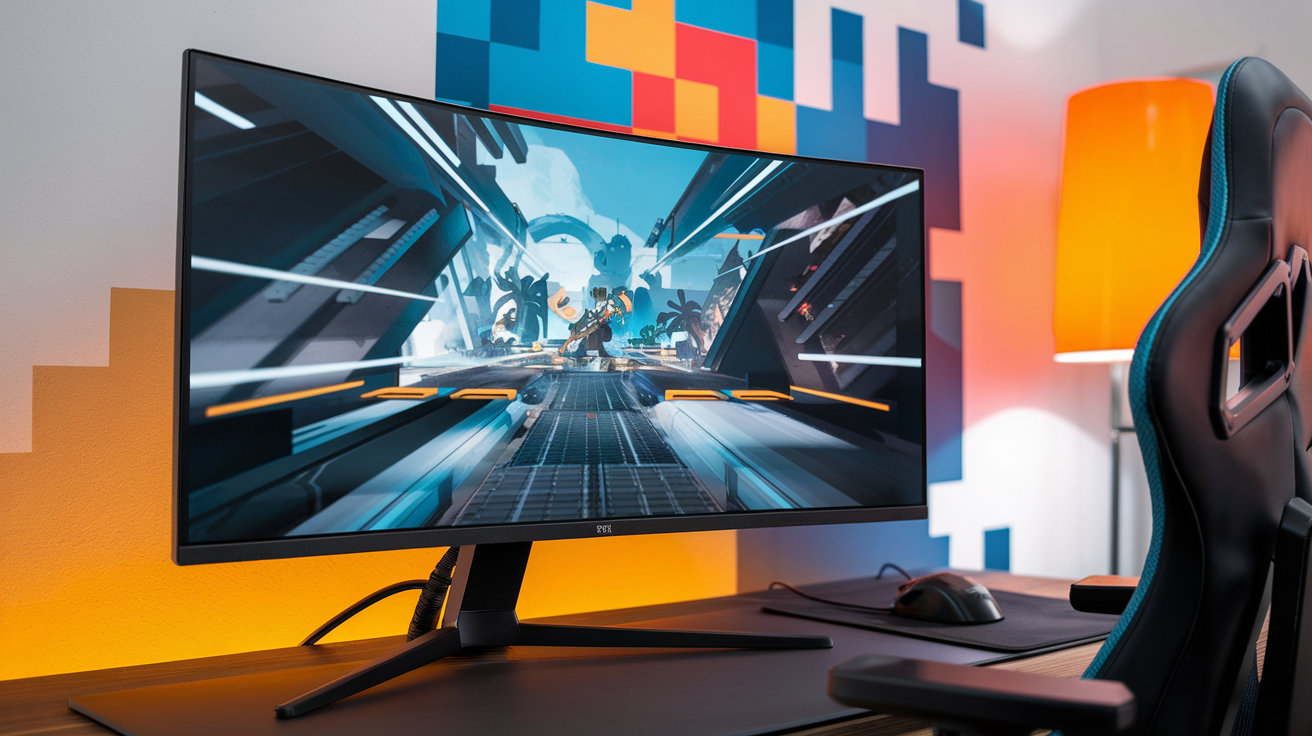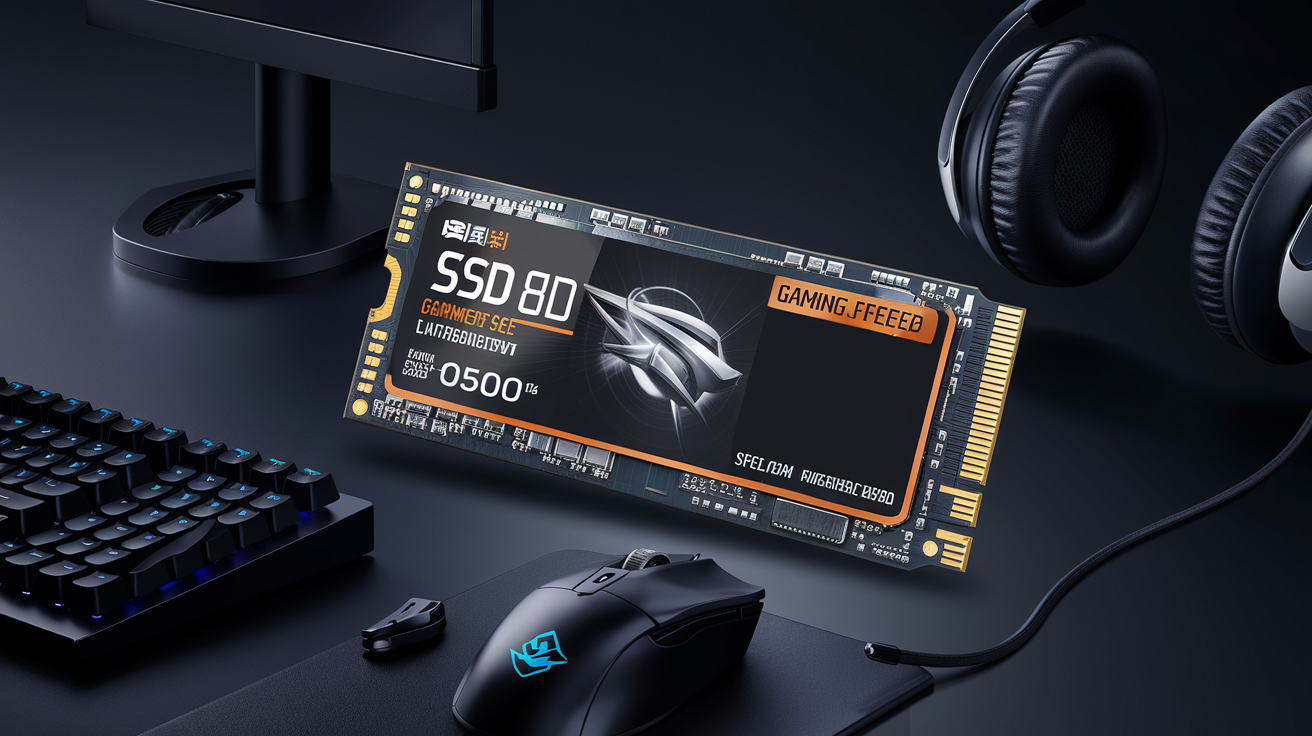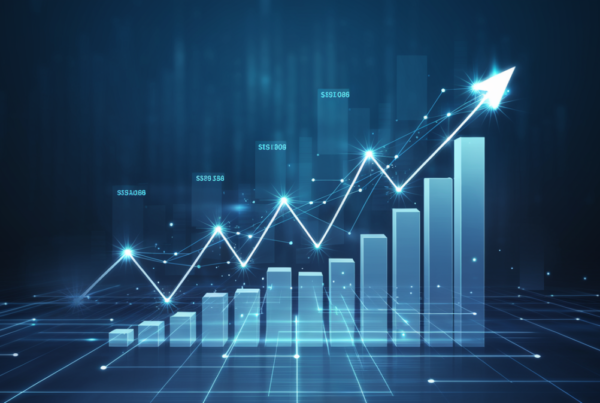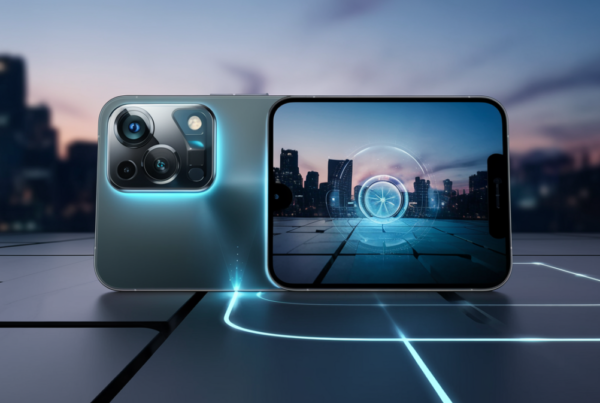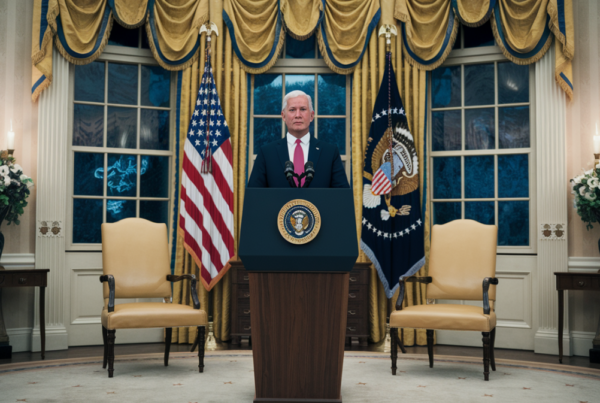The AI Revolution and Its Impact on the Workforce
Artificial intelligence (AI) is no longer a futuristic concept—it’s here, and it’s reshaping the way we work. Nvidia CEO Jensen Huang has been at the forefront of this transformation, offering a nuanced perspective on how AI will affect jobs across industries. While Huang acknowledges that some roles may vanish, he emphasizes that AI’s primary role is to augment human capabilities, not replace them entirely.
“Every job will be affected by AI,” Huang stated in a recent interview. “Some jobs will be lost, but many more will evolve.” His vision centers on AI as a tool that enhances productivity, enabling workers to focus on higher-value tasks while automation handles repetitive processes.
How AI Is Already Changing Work at Nvidia
At Nvidia, AI is already deeply integrated into daily operations. Huang highlights two key areas where AI is making a difference:
- Software Engineering: Engineers use AI assistants to debug code and streamline programming tasks, reducing errors and speeding up development cycles.
- Chip Design: AI algorithms assist in designing more efficient and powerful semiconductors, a core product for Nvidia.
This integration isn’t about replacing engineers but empowering them to work faster and smarter. “AI is like having a super-smart colleague who never sleeps,” Huang quipped.
Job Displacement vs. Job Creation
One of the biggest concerns surrounding AI is job displacement. Huang acknowledges this fear but argues that the narrative is more complex. While AI can automate certain tasks, it rarely replaces entire roles. Instead, it often creates new opportunities:
- New Roles: As AI handles routine tasks, companies can expand into new areas, requiring workers with skills to manage and innovate alongside AI.
- Upskilling: Workers who learn to use AI tools will have a competitive edge, as their productivity and problem-solving abilities increase.
“The jobs of the future won’t look like the jobs of today,” Huang said. “But that doesn’t mean there will be fewer jobs—just different ones.”
AI as a Catalyst for Innovation
Huang’s optimism contrasts with some industry leaders who warn of AI’s potential to disrupt labor markets. He believes AI will unlock new possibilities, from healthcare breakthroughs to advancements in robotics. For example:
| Industry | AI Impact |
|---|---|
| Healthcare | AI assists in diagnostics, drug discovery, and personalized treatment plans. |
| Manufacturing | Robotics and AI optimize production lines, reducing waste and improving efficiency. |
| Finance | AI-driven analytics improve risk assessment and fraud detection. |
“AI isn’t just about doing things faster—it’s about doing things we couldn’t do before,” Huang explained.
Preparing for an AI-Driven Future
Huang’s message to workers and businesses is clear: adapt or risk falling behind. He advocates for:
- Lifelong Learning: Workers should continuously update their skills to stay relevant in an AI-augmented workplace.
- Collaboration: Companies must foster environments where humans and AI work together seamlessly.
- Ethical AI Use: Ensuring AI is deployed responsibly to benefit society as a whole.
“The future belongs to those who embrace AI,” Huang said. “It’s not a threat—it’s an opportunity.”
Conclusion: A Balanced Perspective on AI
Jensen Huang’s vision for AI is neither utopian nor dystopian. It’s pragmatic. While he acknowledges the challenges AI poses to traditional jobs, he remains confident that its benefits—enhanced productivity, innovation, and new opportunities—will outweigh the disruptions.
As AI continues to evolve, Huang’s insights serve as a roadmap for navigating the changes ahead. The key takeaway? AI is a tool, and its impact depends on how we choose to use it.

